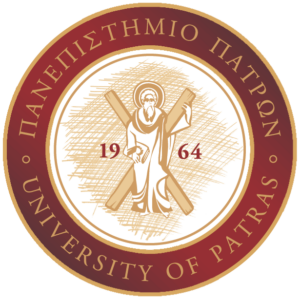Investment Appraisal

Course ID:
Semester: 8th
Year of Study:
Category: Economics Elective
For Erasmus Students: Ναι
Learning Outcomes
By the end of this course the student will be able to:
- describe the key steps involved in cost-benefit analysis.
- understand the theoretical foundations of cost-benefit analysis.
- identify the benefits and costs associated with a particular project or policy.
- apply alternative methods for valuing non-market goods and services.
- identify the problems of risk and uncertainty in the context of project evaluation.
- understand the choice of an appropriate social discount rate for cost-benefit analysis.
- apply cost-benefit analysis in the context of public policy.
Course Contents
Introduction. Ex Ante and Ex Post CBA. The basic steps of CBA. The basics of discounting. Net present value and internal rate of return. Mutually exclusive investment projects. Pareto efficiency. Kaldor-Hicks criterion. Social welfare functions. Changes in consumer and producer surplus. Market and government failures. Public goods. Valuing benefits and cost. Shadow prices. Conversion factors. Social discount rate. Risk and uncertainty. Sensitivity analysis. Expected utility. Income distribution. Non-market valuation of goods and services. Case studies-problem solving.
Teaching Activities
Lectures (3 hours per week)
Teaching Organization
|
Activity |
Semester workload |
| Lectures, 3 hours per week | (3X13) 39 hours |
| Study at home | 111 hours |
| Total number of hours for the Course (25 hours of work-load per ECTS credit) |
150 hours (total student work-load) |
Assessment
The overall course grade is the sum of:
a) the final exam grade plus
b) 20 percent of the optional written assignment grade.
Use of ICT
Use of IT in teaching, and in communicating with students (e-class).

